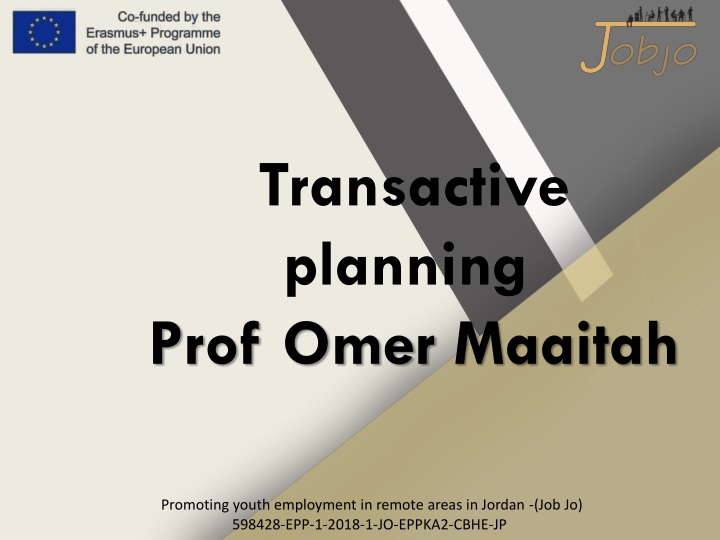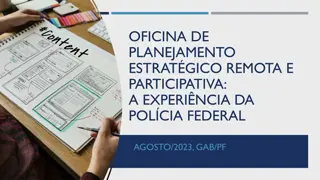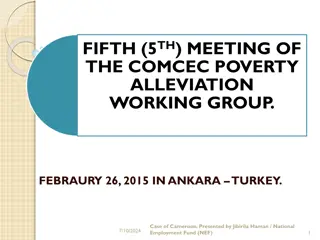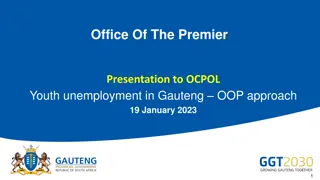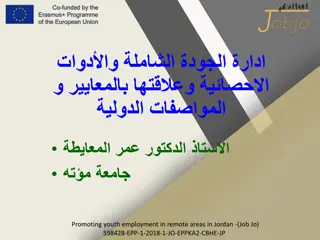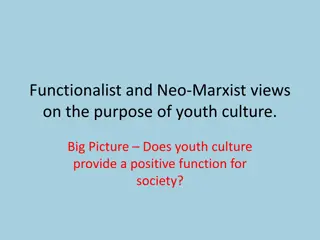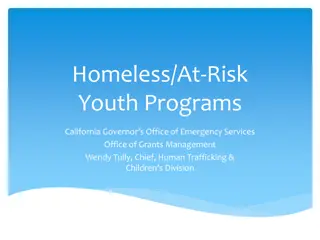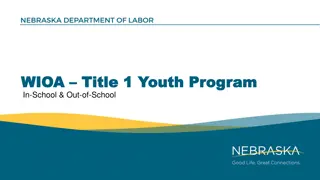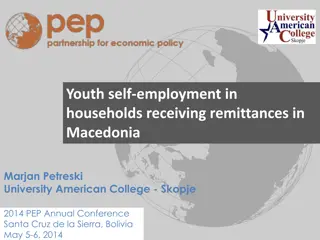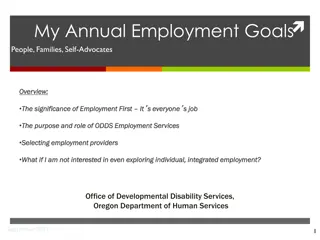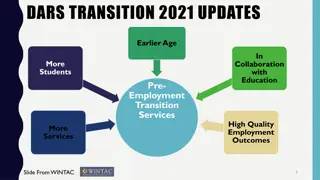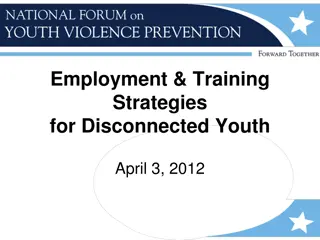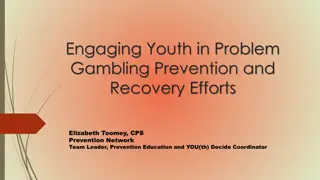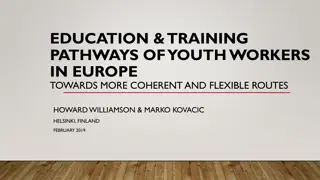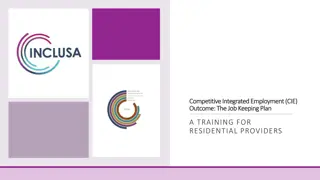Transactive Planning Approach for Promoting Youth Employment in Remote Areas
Planners play a pivotal role in transactive planning by supporting and engaging with various stakeholders. The population contributes with traditional knowledge, actively participating in the planning process. Transactive planning emphasizes face-to-face interactions and mutual learning, focusing on shared measures and decentralized decision-making. Unlike incremental planning, it prioritizes personal and organizational development, aiming to enhance people's dignity, values, and cooperation for sustainable growth.
Download Presentation

Please find below an Image/Link to download the presentation.
The content on the website is provided AS IS for your information and personal use only. It may not be sold, licensed, or shared on other websites without obtaining consent from the author.If you encounter any issues during the download, it is possible that the publisher has removed the file from their server.
You are allowed to download the files provided on this website for personal or commercial use, subject to the condition that they are used lawfully. All files are the property of their respective owners.
The content on the website is provided AS IS for your information and personal use only. It may not be sold, licensed, or shared on other websites without obtaining consent from the author.
E N D
Presentation Transcript
Transactive planning Prof Omer Maaitah Promoting youth employment in remote areas in Jordan -(Job Jo) 598428-EPP-1-2018-1-JO-EPPKA2-CBHE-JP
ASSUMPTIONS AND ROLE OF PLANNER Planners act as supporters and participants among many (Mitchell 2002). Equipped with technical knowledge, communicative and group-psychological skills, planners are able to reduce the disparities between the participants and reach consensus (Kinyashi 2006). Planners are the Centre of systematic knowledge; they also mediate between different interests and communicate information between the actors in the planning process (Larsen 2003). Engage in mutual learning with people/clients ( it requires dialogue)
ROLE OF THE POPULATION The population bring a central contribution to the planning process with their traditional knowledge and experiences. They plan and steer actively (Kinyashi 2006). PLANNERS POPULATION
PLANNING PROCESS Planning is carried out de-centrally . In an open atmosphere the expertise of the planner and the experimental knowledge of the population are combined and transformed into shared measures (Kinyashi 2006).
The transactive planning approach focuses on the intact experience of people's lives revealing policy issues to be addressed. Planning is not carried out with respect to an anonymous target community of beneficiaries, but in face-to-face contact with the people affected by decisions. Planning consists less of field surveys and data analyses, and more of interpersonal dialogue marked by a process of mutual learning Transactive planning also refers to the evolution of decentralized planning institutions that help people take increasing control over the social processes that govern their welfare. Planning is not seen as an operation separated from other forms of social action, but rather as a process embedded in continual evolution of ideas validated through action (Friedmann 1973.)
In contrast to incremental planning, more emphasis is given to processes of personal and organizational development, and not just the achievement of specific functional objectives. Plans are evaluated not merely in terms of what they do for people through delivery of goods and services, but in terms of the plans effect on people-on their dignity and sense of effectiveness, their values and behavior, their capacity for growth through cooperation, their spirit of generosity. By contrast, incremental planning adheres more closely to the economic logic of individuals pursuing their own self-interest.
THE PLANNING PROCESS IS CHARACTERIZED BY : interpersonal dialogue and mutual learning (Mitchell 2002); a central focus on individual and organizational development (see capacity building) (Larsen 2003; Mitchell 2002); partnership building; incorporation of traditional knowledge (Mitchell 2002).
TRANSACTIVE PLANNING STRATEGY 1. Interaction between planners and people affected by the planners decisions . (Social learning ) 2. Gather and analyze information 3. Verify , define and detail the problem 4. Consider goals and alternatives suggested by the citizens 5. Choose the best alternative that suits both the citizens and the planners future look 6. Develop the alternative 7. Feedback
Develop Implement Choose the Social Analyze information Define the problem alternatives Best interaction alternative
TRANSACTIVE MODEL Planning in this model is considered less as a scientific-technical activity than in the comprehensive rational planning model. In fact, planning is considered as a face-to-face interaction between planners and the local population affected by plans. Thus, planning is more a subjective endeavor than an objective process.
